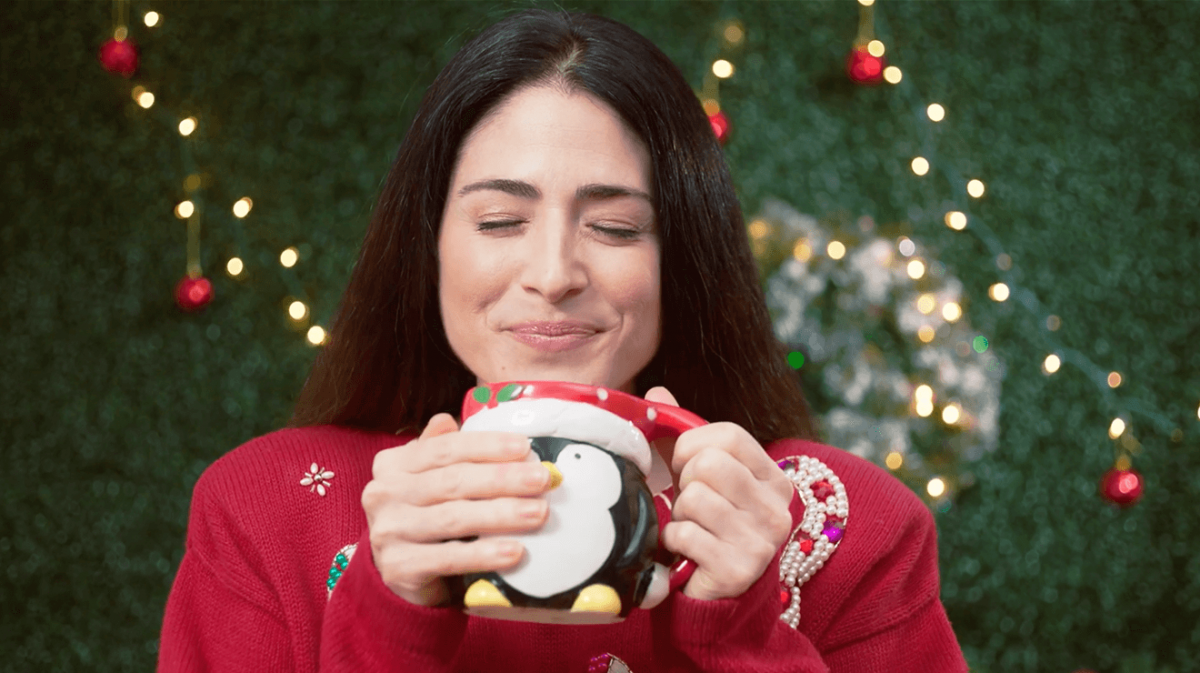When it comes to video equipment, people usually want the latest and greatest version they can get their hands on. So, it might be surprising to hear that vintage lenses remain in demand and highly popular for specific types of shoots. In fact, we used rehoused vintage Cooke Speed Panchros in our recent holiday video shoot.
Why bother tracking down vintage lenses? Why are they worth rehousing to fit modern cameras? Aren’t modern lenses objectively better than vintage glass? We’ll dive into all that, and where to find vintage lenses for your own video shoot, in this post.
Why Use Vintage Lenses?
Vintage lenses each have their own character. For example, the Cooke Speed Panchros mentioned above are known for being very sharp, very good with skin tones, and have a lot of peculiar and interesting characteristics, like bokeh swirl and vignettes, that add visual intrigue to your footage.
Note: not sure what bokeh refers to? Visit our recent post on anamorphic lenses for more details.
Cooke lenses have been popular for over a century, and have been used in many famous productions over time. These particular vintage lenses are famous for the Cooke Look:
“What is the Cooke Look? Cooke’s have a sharpness, a presence to the image, a roundness, a feeling of giving depth and shape to the image. It’s sharp edge-to-edge but the image has more presence – a depth and shape that’s pleasing to the eye.”
Ed Lachman, ASC on Erin Brockovich
While you might expect these vintage lenses to be even pricier than modern lenses due to scarcity, you’d be pleasantly surprised to hear they might actually be the least expensive Cooke lenses you can rent. Since they have such a particular look, they’re in less demand than the more expensive modern production lenses.
Of course, these traits aren’t exclusive to Cooke lenses. Vintage lenses from other brands offer similar advantages in terms of unique characteristics and distinctive, desirable imperfections.
A Vintage Vibe for the Holidays
Certain times of year, and certain types of shoots, are more suited to vintage lenses than others. For instance, the holiday season is full of nostalgia and reminiscent of times past. It’s the perfect excuse to dust off some vintage lenses to lend character and visual interest to your shoot.
We thought vintage lenses would be just the ticket for our holiday video shoot. We used vintage Cooke Speed Panchros (circa 50’s or 60’s) rehoused into modern bodies with PL mounts. Our lenses were mounted on an Arri Amira camera. Check out the end result below:
We used four different focal lengths to get specific shots for our video. The widest shot was of the carolers, where we used a 25mm lens. The shots of our actors behind the desks were filmed with either a 32mm lens or a 40mm lens. At the end, the close-up of our actor was filmed with a 75mm lens.
The footage from these lenses has really nice depth, while the faces of the people on camera appear sharp, yet somehow soft in a flattering, visually pleasing way. In the background, you can notice some imperfections in the bokeh in certain shots, and a very subtle vignette.
While those artistic elements won’t work for all types of video, we think they added just the right touch to our holiday video. Since it was shot in an office environment, this was a subtle way to add visual interest to an otherwise fairly standard setup.
Comparison to Modern Lenses
There is no singular comparison of classic lenses to modern lenses because every vintage lens has different characteristics. Typically, they aren’t quite as sharp, have more vignette, and more lens flare than modern lenses. However, the imperfections tend to be what make older lenses unique and worth tracking down to achieve certain looks.
Basically, you’re not using these lenses because they’re old; you’re using older lenses because they were less perfect when they were handmade. Since videographers are always looking for ways to add a little extra character to their footage, these lenses are an important option to be aware of.
Finding Vintage Glass
Any major city will have rental houses that offer some vintage lenses. There are also reputable options online, such as Duclos Lenses and GL Optics that offer rehoused versions of old lenses from brands like Contax, Zeiss, Canon, Leica, and Cooke.
Vintage Lenses in Big Productions
What better excuse to queue up some movies and cuddle up indoors with your nearest and dearest? Many major motion pictures have been shot with vintage lenses, and by studying them, you can familiarize yourself with the particular look of these lenses.
- Cooke Speed Panchros: The Crown, Castle Rock, WestWorld, Bohemian Rhapsody, and many classic films.
- Zeiss Super Speeds: The Shining, Taxi Driver, A Beautiful Mind, and many more.
In fact, Stanley Kubrick used Zeiss Super Speed lenses almost exclusively, and owned his own set. Of course, these lenses weren’t vintage back in his heyday, but lenses aren’t like cars – their look doesn’t really change (much) with age.
Limitations of Vintage Lenses
Before you rush out and buy a bunch of vintage cinema lenses, be aware that a lot of them (like the Cooke Panchros and Zeiss Super Speeds highlighted above) only cover super 35 sensors. With more and more full frame cameras and lenses on the market, over time, older lenses like these risk limited usefulness.
Note: read this post for more on sensors, and whether size truly matters.
Another option would be to look into vintage photo lenses rehoused for cinema use. Those are appealing because they have a vintage look, but also cover the newest full-frame sensors.
Questions about working with vintage glass? Ask away in the comments below!








